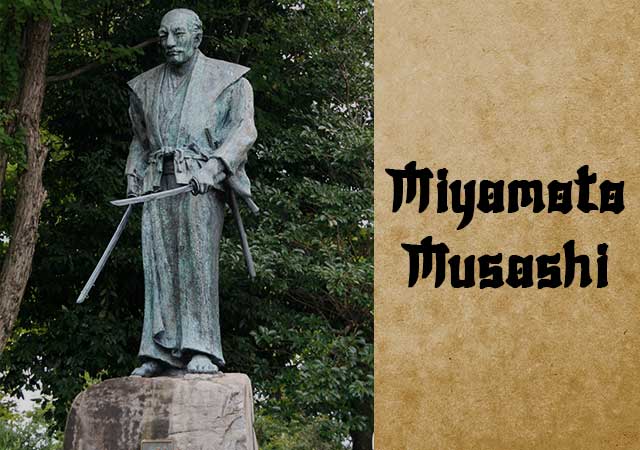
Regarded as one of the most exceptional and renowned samurai in history, Miyamoto Musashi has attained a mythical status over the years, even as much of his life remains enigmatic. Writers like Yoshikawa Eiji have contributed to embellishing his "life," with works such as the widely successful newspaper serial and later books titled "Musashi." Musashi's extraordinary legacy has transcended literature, inspiring movies, television series, and comics.
A masterful swordsman, strategist, calligrapher, painter, writer, and martial arts icon, Miyamoto Musashi was born towards the end of the Warring States period. Engaging in over 60 battles and duels, he crafted his distinctive sword style and authored one of the most well-known and widely read books on strategy, confrontation, and victory.
Born Shinmen Musashi no Kami Fujiwara no Genshin, with childhood names Bennosuke or Takezo, in the village of Miyamoto in Mimasaka, Harima Province, Musashi faced early challenges as his mother passed away shortly after his birth. Raised by his father, Shinmen Munisai, an adept swordsman skilled in the jitte, a baton-like instrument with a side protruding hook used for blocking and deflecting swords.
Sent to live with his uncle at a temple, Musashi received basic reading and writing skills. As documented in Musashi's "Book Of Five Rings" and the "Hyoho Senshi Denki" (Biography of the Warrior Master), his first duel occurred at the age of thirteen against Arima Kihei, a wandering swordsman from the Shinto-Ryu school. Despite attempts to stop the fight due to Musashi's age, he swiftly defeated Arima Kihei. At 17, Musashi supposedly joined the army of Ukita Hideie, fighting for the Toyotomi loyalists at the Battle of Sekigahara in October 1600. Post-battle, Musashi is believed to have traveled across Japan, honing his skills through duels and enduring hardships to refine his martial prowess, engaging in notable bouts with practitioners like kusarigama expert Shishido Baiken.
Meeting with the Yoshioka clan
Facing the renowned Yoshioka Clan upon his arrival in Kyoto, the 21 or 22-year-old Musashi engaged in a series of duels with this esteemed group, which had served as instructors to four generations of the Ashikaga Shogun. The Yoshioka Clan was credited with founding the Yoshioka Style, one of the eight major sword styles of kenjutsu established around 1532 by Yoshioka Kempo.
The initial duel involved Yoshioka Seijuro, the head of the Yoshioka family and school. This encounter took place on March 8, 1604, outside the Rendai-ji Temple in Northern Kyoto and was designated to be fought with a bokuto (wooden sword), with victory hinging on a single decisive blow.
In a strategic move, Musashi intentionally arrived late, provoking the ire of the overconfident Seijuro. Fueled by anger and disrupted concentration, Seijuro fell victim to Musashi's swift strike with the wooden sword, resulting in a broken left arm. Defeated by someone considered a "nobody," Seijuro abandoned his samurai life and embraced monkhood. Yoshioka Seijuro's brother, Denshichiro, assumed leadership of the Yoshioka clan.
Denshichiro, reputed to be an even more skilled swordsman than Seijuro, sought to avenge his brother and restore family honor. Another duel was arranged, taking place at the Buddhist temple Sanjusangen-do in Kyoto's Higashiyama District. Once again armed with a bokuto, Musashi arrived late and emerged as the victor, delivering a fatal blow to Denshichiro's head.
This series of defeats further fueled the anger and embarrassment of the proud Yoshioka Clan and their followers. In response, they issued a new challenge in the name of Yoshioka Matashichiro, the 12-year-old head of the clan, aiming to redeem their honor and reputation. The subsequent duel was set to unfold beneath the spreading pine tree on the slopes below the Ichijo-Ji Temple in the north of Kyoto.
The Clash beneath the Spreading Pine
This time, Musashi reached the designated area well in advance and concealed himself. He wasn't surprised to discover the young Yoshioka leader donned in full battle armor, surrounded by a sizable group of retainers armed with swords, bows, and matchlock guns. Patiently awaiting the boy to position himself under the towering pine tree, Musashi observed as his opponents set the ambush.
Timing his move meticulously, Musashi emerged right in the midst of the Yoshioka trap. Swiftly, he cut down the young leader, bringing an abrupt end to the Yoshioka School. In moments, Yoshioka disciples scrambled to overcome their lone adversary. Despite being vastly outnumbered, Musashi skillfully fought his way out of the ambush, employing a technique inspired by his father's teachings with the Jitte. This involved using the short sword to block the opponent's blade, enabling a decisive cut with the main sword. This style later became known as Enmei Ryu, evolving into the Nito-Ryu and Niten Ichi styles of swordsmanship.
The most important fight
Musashi's most significant duel unfolded on the morning of April 13, 1612, against Sasaki Kojiro. The two arch-rival swordsmen had agreed to meet on the island at 8 am, but Musashi arrived a little after. Rowed to the small island, Musashi is said to have crafted a wooden sword from an oar, intending to use it in the fight instead of a real sword. As his boat approached the shore, Musashi agilely leaped into the knee-deep water to face Kojiro.
In a tense exchange, Kojiro scornfully remarked, "You're late!" drawing his oversized sword and angrily discarding the scabbard into the water. Musashi calmly responded, "You've lost," asserting that Kojiro would need his scabbard again later. Stepping out of the water onto the beach, Musashi held his carved oar behind him.
With a roar, Kojiro allegedly initiated the first move, and in an instant, Musashi struck him down. Rumors suggest that as Kojiro slumped to the ground lifeless, Musashi's headband fell away, sliced by Kojiro's nearly fatal cut—though this detail is likely a creative addition to the modern narrative.
Musashi proceeded to acknowledge the official witnesses with a bow, then retraced his steps to his boat, where he was rowed away.. It's believed that Musashi was taken to a small castle on the opposite side of the channel, overlooking the site of the Battle of Dan no Ura in 1185. From there, Musashi continued traveling the country, teaching his two-sword fencing style but never again employing a real sword in combat, choosing to use only a wooden bokuto.
Working for the clans
Musashi reportedly took part in the winter and summer sieges of Osaka, although scant evidence regarding his allegiance remains, suggesting a probable service to the Tokugawa. In 1615, he played a role in assisting the Ogasawara clan in developing Akashi Castle and its gardens. Around 1621, Musashi utilized his talents to contribute to the layout development of Himeji town.
In the late 1620s, Musashi journeyed to Nagoya (Aichi Prefecture) in pursuit of employment with the Owari Tokugawa clan. There, he engaged in bouts with Lord Tokugawa Yoshinao, who granted him permission to establish a dojo teaching his Enmei Ryu in Nagoya. This endeavor persisted until the mid-Meiji period, attracting approximately 3,000 samurai from Nagoya Castle to Musashi's dojo during the initial four years. Later, Musashi relocated to Kokura (Kitakyushu), serving the Ogasawara clan and participating in the early stages of the Shimabara Rebellion, where he sustained an injury from an enemy-thrown rock.
Subsequently, he found employment with the Hosokawa clan of Kumamoto Castle, spending his final years as a sword instructor and advisor to the clan. In 1543, grappling with suspected neuralgia or sciatica, Musashi retired to the Reigando, a cave outside Kumamoto, where he authored his strategic treatise known as the Go-Rin-no-Sho, or the Book of Five Rings. Shortly after completing this work and the Dokkodo, a short treatise on leading an ascetic life, Musashi passed away at the age of 60 on June 13, 1645, in Kumamoto.
His body was interred upright in armor, with his hand on the hilt of his sword, facing the road used by the lords of Kumamoto. This positioning allowed him to bid them farewell on their trips to Edo and await their return. Strands of his hair were buried on Mt. Iwao, where the Reigando Cave is situated, and other remains were sent to his birthplace in Mimasaka.
Musashi's alleged unkempt appearance was likely a result of character assassination, potentially linked to a skin discoloration from a form of eczema. The rumor that he never bathed, fearing being caught unarmed, is deemed implausible for a warrior, especially in the company of numerous daimyo and aristocrats. His extraordinary ability to wield two swords simultaneously, coupled with his capacity to write and paint with both hands (as evidenced by a hanging scroll in a temple in Nagoya), suggests a high level of ambidexterity. Miyamoto Musashi's legacy endures as an inspiration to many worldwide.
See also
-
Yamagata Masakage
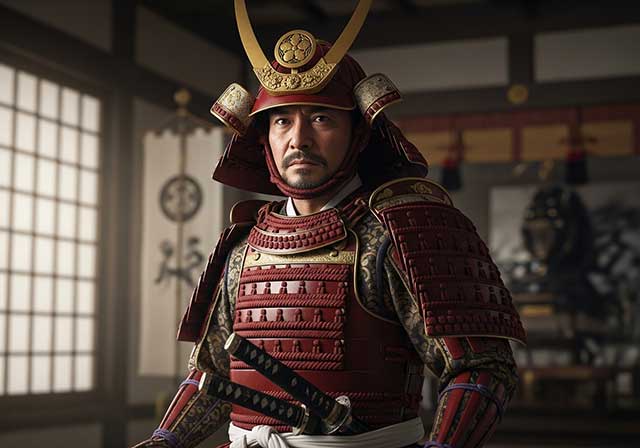
Masakage was one of Takeda Shingen’s most loyal and capable commanders. He was included in the famous list of the “Twenty-Four Generals of Takeda Shingen” and also belonged to the inner circle of four especially trusted warlords known as the Shitennō.
-
Yagyu Munenori
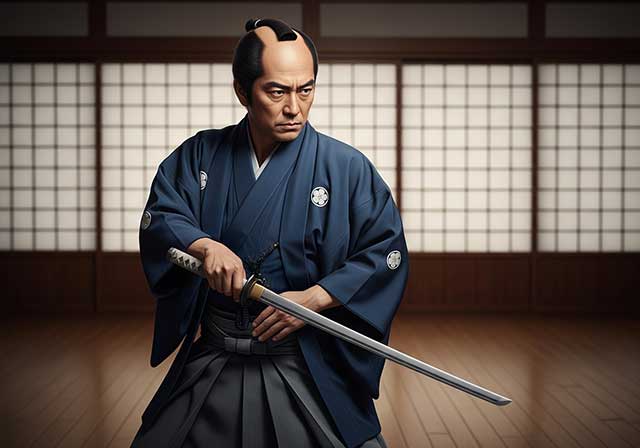
Yagyū Munenori began his service under Tokugawa Ieyasu while his father, Yagyū Muneyoshi, was still at his side. In 1600, Munenori took part in the decisive Battle of Sekigahara. As early as 1601, he was appointed a kenjutsu instructor to Tokugawa Hidetada, Ieyasu’s son, who later became the second shogun of the Tokugawa clan.
-
Yagyu Muneyoshi
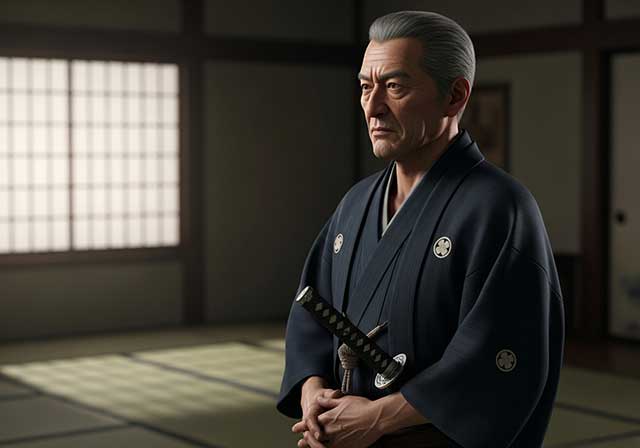
A samurai from Yamato Province, he was born into a family that had been defeated in its struggle against the Tsutsui clan. Muneyoshi first took part in battle at the age of sixteen. Due to circumstances beyond his control, he was forced to enter the service of the Tsutsui house and later served Miyoshi Tōkei. He subsequently came under the command of Matsunaga Hisahide and in time became a vassal first of Oda and later of Toyotomi.
-
Endo Naozune
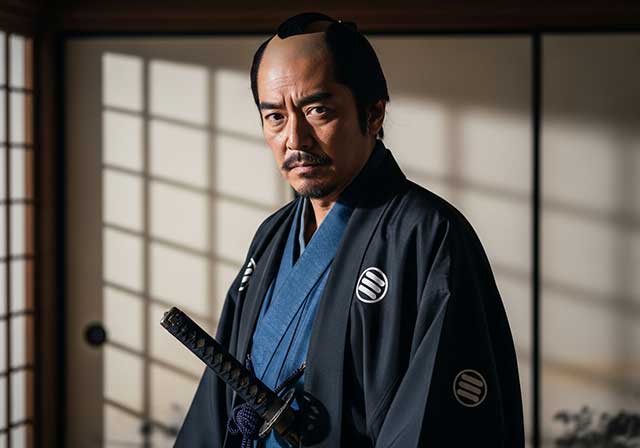
Naozune served under Azai Nagamasa and was one of the clan’s leading vassals, renowned for his bravery and determination. He accompanied Nagamasa during his first meeting with Oda Nobunaga and at that time asked for permission to kill Nobunaga, fearing him as an extremely dangerous man; however, Nagamasa did not grant this request.
-
Hosokawa Sumimoto
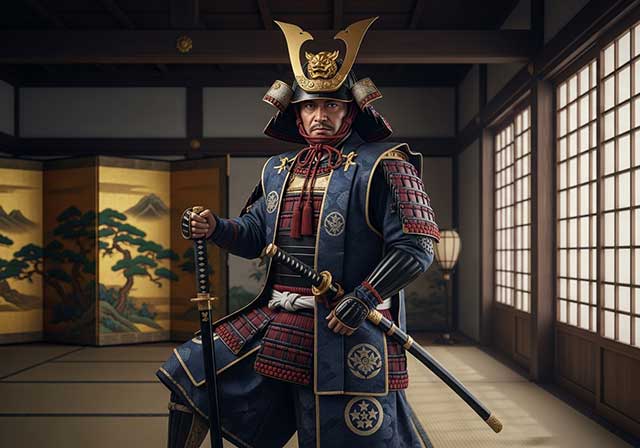
Sumimoto came from the Hosokawa clan: he was the biological son of Hosokawa Yoshiharu and at the same time the adopted son of Hosokawa Masamoto, the heir of Hosokawa Katsumoto, one of the principal instigators of the Ōnin War. Masamoto was homosexual, never married, and had no children of his own. At first he adopted Sumiyuki, a scion of the aristocratic Kujō family, but this choice provoked dissatisfaction and sharp criticism from the senior vassals of the Hosokawa house. As a result, Masamoto changed his decision and proclaimed Sumimoto as his heir, a representative of a collateral branch of the Hosokawa clan that had long been based in Awa Province on the island of Shikoku. Almost immediately after this, the boy became entangled in a complex and bitter web of political intrigue.
-
Honda Masanobu
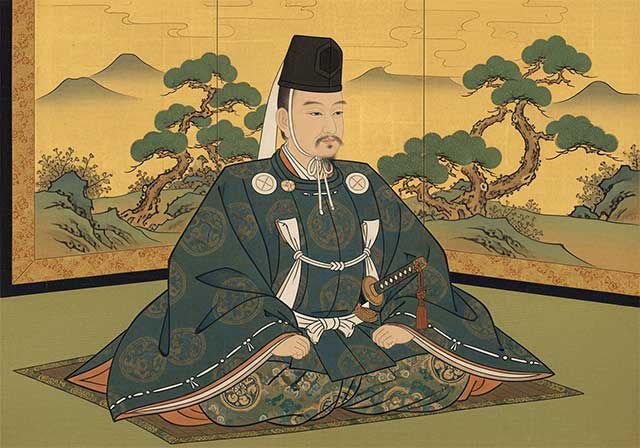
Masanobu initially belonged to the retinue of Tokugawa Ieyasu, but later entered the service of Sakai Shōgen, a daimyo and priest from Ueno. This shift automatically made him an enemy of Ieyasu, who was engaged in conflict with the Ikkō-ikki movement in Mikawa Province. After the Ikkō-ikki were defeated in 1564, Masanobu was forced to flee, but in time he returned and once again entered Ieyasu’s service. He did not gain fame as a military commander due to a wound sustained in his youth; nevertheless, over the following fifty years he consistently remained loyal to Ieyasu.
-
Honda Masazumi
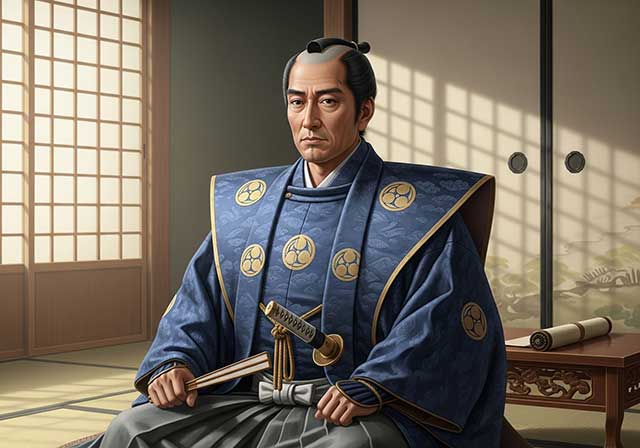
Masazumi was the eldest son of Honda Masanobu. From a young age, he served Tokugawa Ieyasu alongside his father, taking part in the affairs of the Tokugawa house and gradually gaining experience in both military and administrative matters. At the decisive Battle of Sekigahara in 1600, Masazumi was part of the core Tokugawa forces, a clear sign of the high level of trust Ieyasu placed in him. After the campaign ended, he was given a highly sensitive assignment—serving in the guard of the defeated Ishida Mitsunari, one of Tokugawa’s principal enemies—an obligation that required exceptional reliability and caution.
-
Hojo Shigetoki
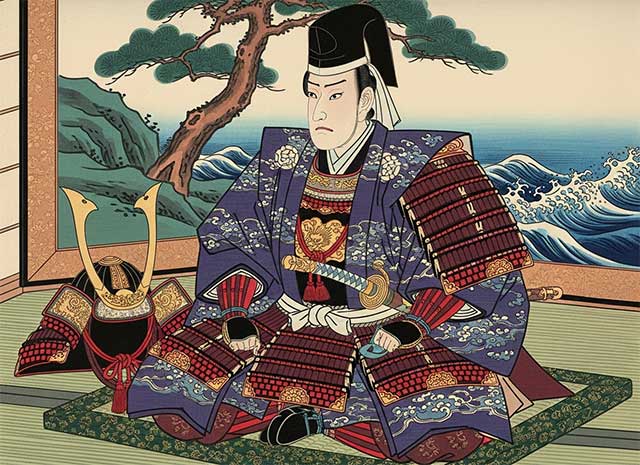
Hōjō Shigetoki, the third son of Hōjō Yoshitoki, was still very young—only five years old—when his grandfather Tokimasa became the first member of the Hōjō clan to assume the position of shogunal regent.

